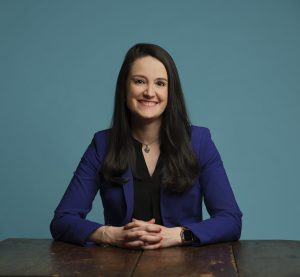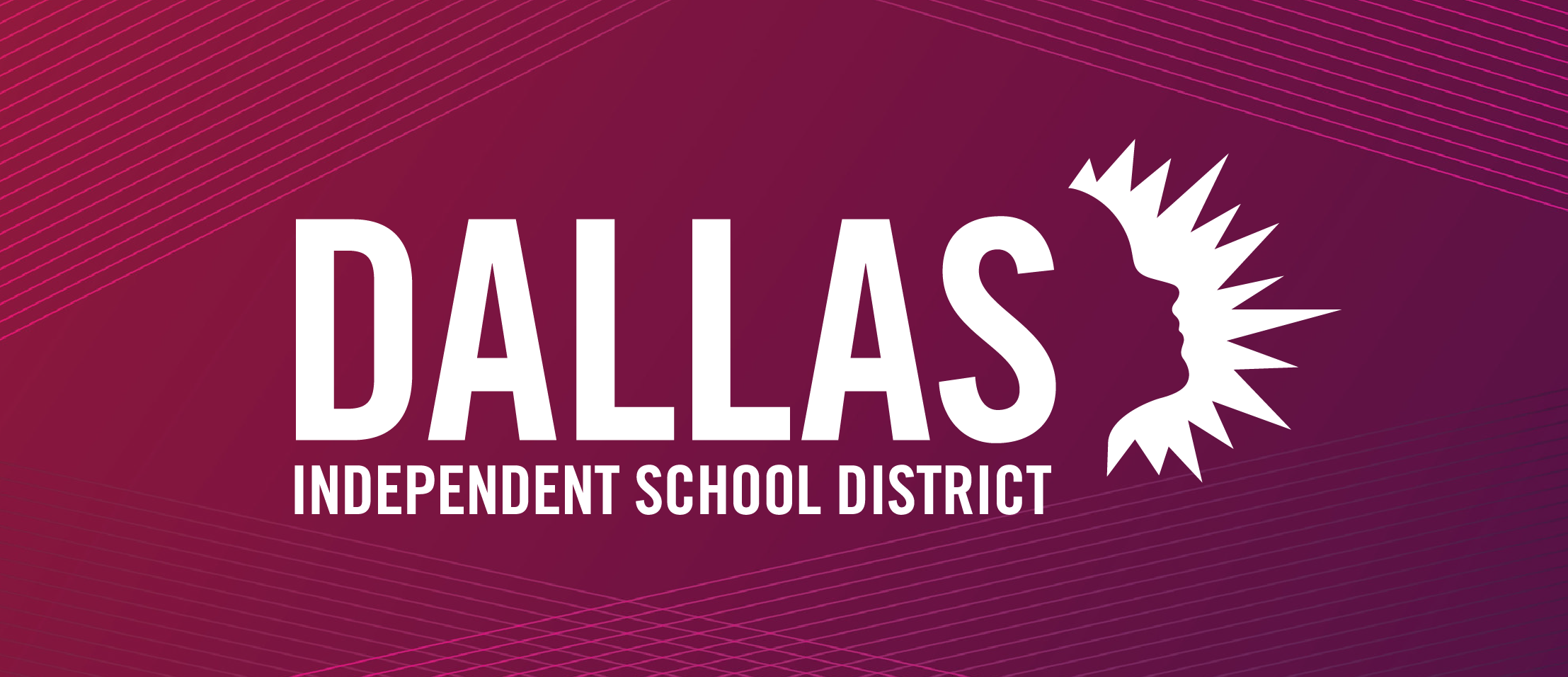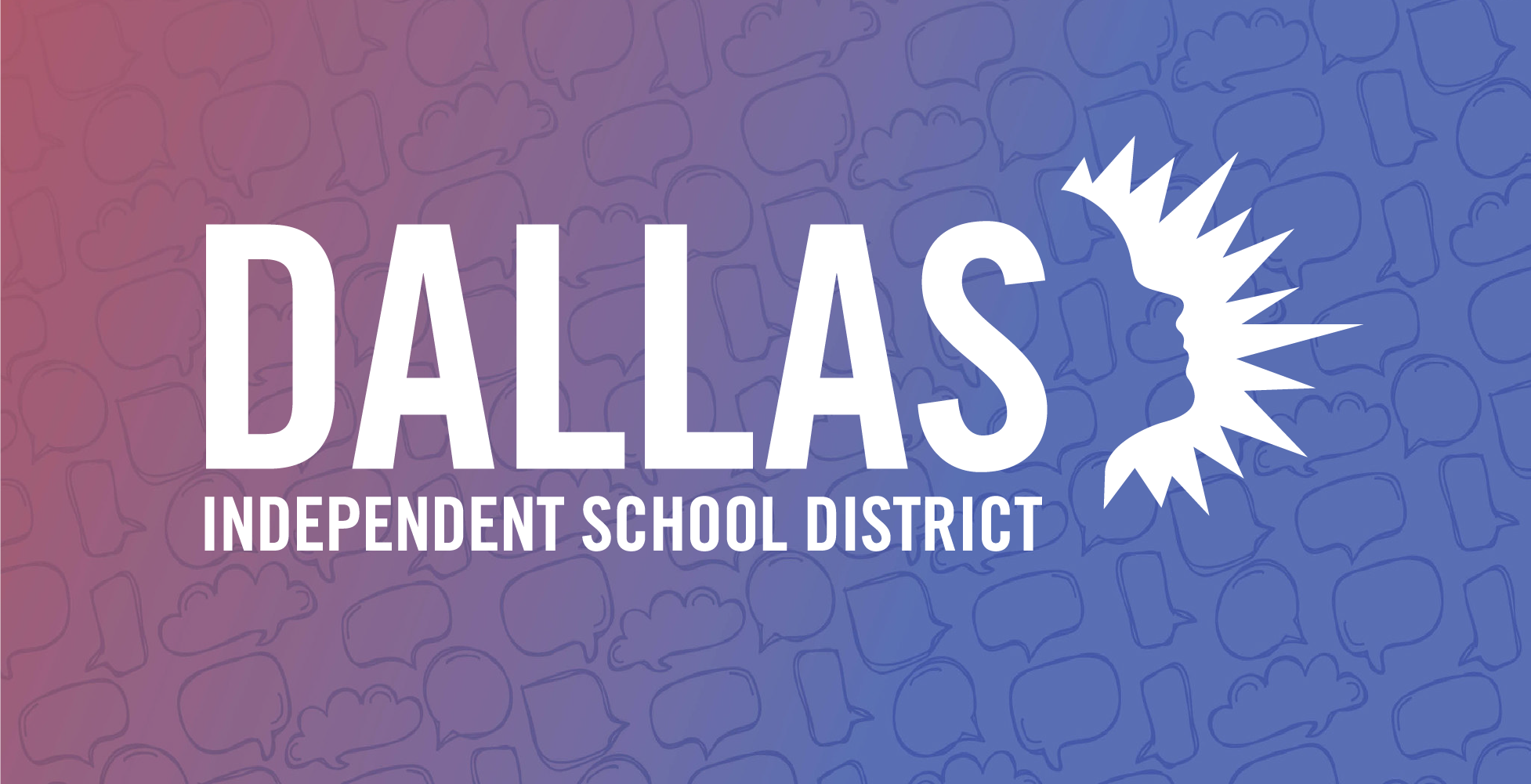Thanks to a five-year, $8-million strategic partnership with the Holdsworth Center, Dallas ISD has begun the process of transforming the district’s culture of leadership.
This innovative program at The Holdsworth Center—a nonprofit organization founded by H-E-B Chairman Charles Butt—is just getting started with monthly sessions at the center in Lake Austin. While there, the district’s leadership team are working on developing skills to empower others and contemplate the definition of leadership, the vision of an effective classroom and the portrait of a successful graduate.
getting started with monthly sessions at the center in Lake Austin. While there, the district’s leadership team are working on developing skills to empower others and contemplate the definition of leadership, the vision of an effective classroom and the portrait of a successful graduate.
District leadership will receive focused training for two years, and a cohort of campus leaders will join them on year two. A second campus cohort will join in year three, followed by a third and fourth cohort in year four. Ultimately, 50 schools will participate in The Holdsworth Center’s two-year training program, examining specific school-based problems of practice to cultivate a culture of success.
The Holdsworth Center has helped top Dallas ISD administrators hone in on three core outcomes: building personal leadership to initiate change, creating a sustainable pool of ready leaders who reflect student diversity and forging an engaged culture that enables all community members to see themselves as leaders. The goal, according to Deputy Superintendent Susana Cordova, who is participating in the leadership training, is to produce “excellent and equitable student outcomes.”
“It’s truly about developing sustainable systems to make sure that we have the ability to identify and develop future leaders, that we are deeply engaging with staff members,” Cordova said. “We know that research shows when team members are more engaged, they produce higher results.”
The leadership team is in the process of finalizing Dallas ISD’s leadership definition, the vision of a classroom and the portrait of a graduate. The Holdsworth Center has conducted several surveys and focus groups to ensure that those key definitions are based on open, honest feedback and diverse community perspectives from campus leaders and teachers across the district. Once the definitions are finalized, those three documents will become the “foundational place for all professional development” and provide the district with a framework to talk about leadership and student support.
Next year, 12 schools will enter the first cohort. In the first half of the two-year training, The Holdsworth Center will focus on principals plus a partner from the school; in the second half, the training will include the principal as well as a small campus team. These groups will work on their personal development and collectively design new solutions to specific problems of practice to hit their student achievement goals.
Cordova believes The Holdsworth Center’s partnership will provide deeper insights into how the district can identify strong candidates and create a pipeline of future leaders to mitigate the staffing vacancies that may appear each year. The training program is based on the ideas that a strong leadership team is essential to the entire community’s success and that personal and professional leadership are “two sides of the same coin.” As Dallas ISD dives deeper into the five-year partnership, leadership teams across the district will emerge with higher levels of honesty, an eagerness to collaborate and a renewed commitment to goals.
“I’ve had the good fortune to participate in many different national learning cohorts, and I will tell you that the work that we’ve engaged in since August of this school year—this is by far some of the best and most intensive leadership development that I’ve experienced,” Cordova said.
The Holdsworth Center is working with several public school districts in Texas, including Cedar Hill and Garland, which entered the five-year partnership at the same time as Dallas ISD. By 2028, the nonprofit is projected to reach 4,500 district leaders with an overarching goal to help teachers thrive and students excel. Learn more about their statewide leadership programs by visiting https://holdsworthcenter.org/.




 Antonio Verduzco is completing his fourth year as Principal at B.H. Macon Elementary School and his 18th year in Dallas ISD. He began his career as a bilingual teacher at Margaret B. Henderson Elementary in 2001. Honored as a Reading Academy Laureate in 2003 and after obtaining his Master of Bilingual Education from Southern Methodist University in 2004, he was recognized as a Campus Teacher of the Year in 2006. Following his participation in the Urban Collaborative for Educational Leadership (UCEL) from 2006-2007 at the University of Texas at Arlington, he served as assistant principal at Fred F. Florence Middle School and Kleberg Elementary School. In August of 2009, he was Julius Dorsey Elementary School principal.
Antonio Verduzco is completing his fourth year as Principal at B.H. Macon Elementary School and his 18th year in Dallas ISD. He began his career as a bilingual teacher at Margaret B. Henderson Elementary in 2001. Honored as a Reading Academy Laureate in 2003 and after obtaining his Master of Bilingual Education from Southern Methodist University in 2004, he was recognized as a Campus Teacher of the Year in 2006. Following his participation in the Urban Collaborative for Educational Leadership (UCEL) from 2006-2007 at the University of Texas at Arlington, he served as assistant principal at Fred F. Florence Middle School and Kleberg Elementary School. In August of 2009, he was Julius Dorsey Elementary School principal. first opportunity to impact young people’s minds. Atkins has worked on the postsecondary and secondary levels and believes in the fundamentals of education, realizing that the greatest need for student maturation and attainment must be carefully and thoroughly addressed at the primary level.
first opportunity to impact young people’s minds. Atkins has worked on the postsecondary and secondary levels and believes in the fundamentals of education, realizing that the greatest need for student maturation and attainment must be carefully and thoroughly addressed at the primary level.  Theresa Fernandez Sigurdson is the principal of Francisco “Pancho” Medrano Junior High School. As the school’s principal for the past 12 years, Sigurdson has focused not only on individualized support for the students’ academic needs, but also on maximizing their social, emotional, and cultural growth.
Theresa Fernandez Sigurdson is the principal of Francisco “Pancho” Medrano Junior High School. As the school’s principal for the past 12 years, Sigurdson has focused not only on individualized support for the students’ academic needs, but also on maximizing their social, emotional, and cultural growth. Notre Dame in business administration and a minor in education, Eska started her career in Dallas ISD in 2009 as a math teacher, cheerleading sponsor and department chair at H. Grady Spruce High School.
Notre Dame in business administration and a minor in education, Eska started her career in Dallas ISD in 2009 as a math teacher, cheerleading sponsor and department chair at H. Grady Spruce High School.  Gabrelle Dickson has served as principal of Young Women’s STEAM Academy at Balch Springs for five years. She began her career in 1999 as a seventh-grade English teacher in Austin ISD before joining San Antonio ISD as part of a turnaround team at Sam Houston High School.
Gabrelle Dickson has served as principal of Young Women’s STEAM Academy at Balch Springs for five years. She began her career in 1999 as a seventh-grade English teacher in Austin ISD before joining San Antonio ISD as part of a turnaround team at Sam Houston High School. Dallas ISD graduate of Thomas Jefferson High School, he is especially proud to serve as an educator in his home community. He is an honors graduate of Texas College, where he earned a bachelor’s degree in history, and a graduate of The University of Texas at Arlington, where he earned a master’s in educational leadership and policy studies. Jackson is currently pursuing a doctorate in education at The University of Texas at Austin’s Cooperative Superintendency Program.
Dallas ISD graduate of Thomas Jefferson High School, he is especially proud to serve as an educator in his home community. He is an honors graduate of Texas College, where he earned a bachelor’s degree in history, and a graduate of The University of Texas at Arlington, where he earned a master’s in educational leadership and policy studies. Jackson is currently pursuing a doctorate in education at The University of Texas at Austin’s Cooperative Superintendency Program. 



 “It’s just this hub for them to come to, and they’re never turned away,” she said. “They come in and it’s, ‘How can I help you?’ right away, and they’re just so appreciative of that.”
“It’s just this hub for them to come to, and they’re never turned away,” she said. “They come in and it’s, ‘How can I help you?’ right away, and they’re just so appreciative of that.” 



